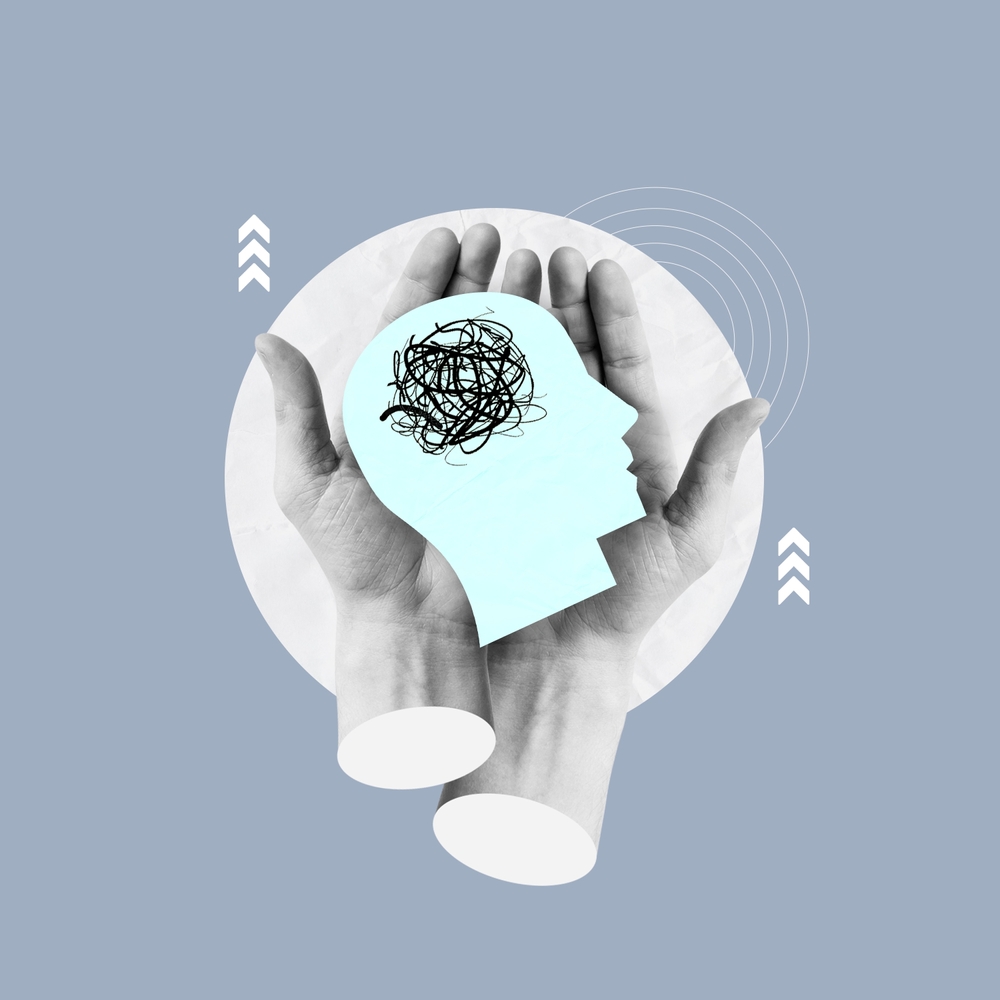Today, diversity and inclusion are gaining recognition to ensure that everyone feels addressed, validated, and included. By embracing neurodiversity in business, companies can ensure that the talents and perspectives of individuals aren’t being overlooked or underused. The term “neurodiversity” covers various neurological differences, including autism, ADHD, dyslexia, and more. Not only does embracing neurodiversity create an inclusive setting, but it enables people to bring their unique insights and skills to the table. With advancing technology, businesses can create more accessible and accommodating environments, and these methods are explored in further detail below.
AI-Powered Recruitment Tools
Due to unconscious bias, traditional recruitment practices may filter out neurodiverse candidates as a result of rigid criteria or biased decision-making. With AI-powered tools, you can work to mitigate these issues by offering more inclusive assessments. Tools such as these can analyze candidates’ skills and capabilities beyond standardized metrics, which guarantees a fairer evaluation process in which diverse talents are recognized.
Virtual Reality (VR) Training Programs
With the help of VR technology, you can provide immersive and interactive experiences that work to revolutionize employee training. Since neurodiverse individuals may struggle with traditional training methods, this provides them with a more engaging and accommodating alternative. VR simulations can be used to teach new skills, enable social interactions, and create a supportive learning environment that caters to various requirements.
Augmented Communication Tools
Traditional communication methods can be tricky to navigate for neurodiverse individuals, with some people struggling with verbal or non-verbal cues. Despite this, effective communication is vital for a functioning workplace, which is why it’s important to find communication styles that work for everyone. Today, there are augmented communication tools available, including specialized apps and wearable devices, which can offer alternative communication methods and bridge the gap. With the help of visual aids, text-to-speech features, and customizable communication boards, neurodiverse employees can be empowered to express themselves with more confidence.
Sensory-Friendly Workspaces
It’s fairly common for neurodiverse individuals to be sensitive to sensory stimuli, like bright lights, loud noises, and crowded spaces. Being subjected to these can result in discomfort or distraction in the workplace; however, there are measures that businesses can take. For instance, they might make use of smart building technologies to develop sensory-friendly spaces that can still be adapted to suit different preferences. This might include adjustable lighting, noise-cancelling features, and flexible workspace layouts that foster more inclusive and comfortable working environments for all employees.
Neurodiversity Training and Awareness Platforms
In order to become a truly inclusive workplace, you need to ensure that everyone in the organization is educated and aware of how neurodiversity can present itself. There are various tech-driven training platforms available that are designed to provide valuable resources and insights into neurodiversity, enabling employees and managers to support their neurodiverse team members effectively. Platforms such as these might include e-learning modules, webinars, or interactive workshops that cater to specific industries and organizational requirements.
Accessibility Features in Software and Hardware
Accessibility features can be incorporated into software and hardware products, allowing you to accommodate diverse user requirements. Screen readers, speech recognition software, customizable interfaces, and alternative input devices are just some of the accessibility features that can be introduced to empower neurodiverse individuals in their digital working participation. Technology design such as this works to prioritize accessibility, meaning that businesses can rest assured that their products and services can be used by anyone, no matter what their abilities may be.
All in all, the importance of empowering neurodiverse employees can’t be understated, and those detailed above are just some of the measures you can take.




